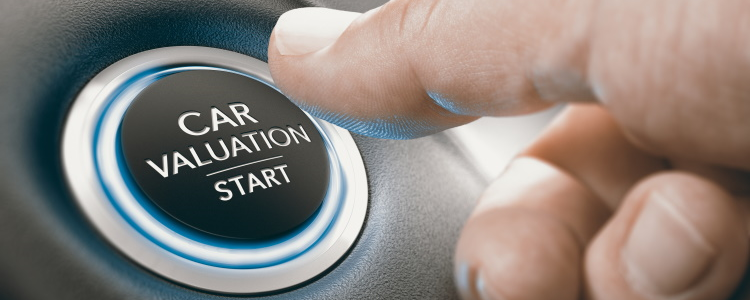When it’s time to get a new vehicle, many people choose to trade in their old cars. A trade-in can be a great way to save money on your next vehicle, as long as there’s equity in it. Though you can’t determine the exact trade-in value a dealer is willing to offer, you can make your trade-in as desirable as possible.
Find Your Trade-In’s Value
Before you take your car to a dealership for an appraisal, it’s a good idea to know its estimated value. You can look this up on valuation sites such as Kelley Blue Book and NADAguides. Be as accurate as possible when entering information about your vehicle so that you can get a realistic estimate, and remember this is only an estimate.
This gives you a baseline to go by when you visit a dealer, as the actual trade-in value of your car is up to them. Since dealerships are likely to give you different appraisal amounts, you should visit at least three different dealers, and make sure at least one of them sells the same brand as your vehicle.
Fix it Up but Don’t Break the Bank
 Now that you have a guideline for your trade-in's value, it’s time to make the most of what a dealer sees when they appraise your car.
Now that you have a guideline for your trade-in's value, it’s time to make the most of what a dealer sees when they appraise your car.
You should prepare your vehicle for the trade-in process, but just how much work you should put into it is something that's often debated. To be on the safe side, you should put in the effort to make your car as appealing as possible, without spending an arm and a leg.
Definitely give it a good cleaning inside and out, vacuum it, and make it look as good as you can. If there are dents or dings that you can pop out and buff with minimal cost and effort, it's likely worth doing. However, spending the money to get the vehicle detailed or doing any major mechanical repairs probably won’t increase the value of your trade-in nearly as much as it’s going to cost you.
No Equity?
These tips work best if there’s equity in your trade-in. If there’s no equity, or you owe more on your auto loan than the car is worth, the trade amount you get has to go to your lender. This doesn’t mean that the vehicle can’t be traded in, however.
When you have a car with negative equity, you have to make sure to pay off the loan before you do anything else. For example: if you owe $3,000 on the loan but your trade-in is only worth $1,500, the $1,500 amount goes to the lender, and you still owe $1,500 .
If you don’t have the cash to cover that difference, you should wait until you have equity in the vehicle before trading it in. If you can’t wait, lenders may be willing to finance your negative equity, but this is often best avoided.
Rolling over negative equity leaves you owing more on your new loan, and with more negative equity in your current loan along with negative equity situation that'll last longer. This can lead to a cycle of negative equity that’s hard to get out of, especially if you have bad credit.
Ready to Trade In Your Car?
If there’s equity in your vehicle and you’re ready to trade it in, make sure that you’re working with the right type of lender for your credit situation when it’s time to get a loan. If you’re struggling with no credit or bad credit, that usually means finding a dealership with lenders that specialize in helping bad credit borrowers.
These lenders only work with special finance dealers, and it can be difficult to pick them out of the sea of look-alike dealerships. With Auto Credit Express on your side, however, you don’t have to wade through a tide of dealers that can’t work with you.
By filling out our quick and easy auto loan request form, you can get connected to a local dealership that specializes in working with credit-challenged consumers. Don’t waste time and money searching for a dealer on your own, let us help you get started on the right path today!
















